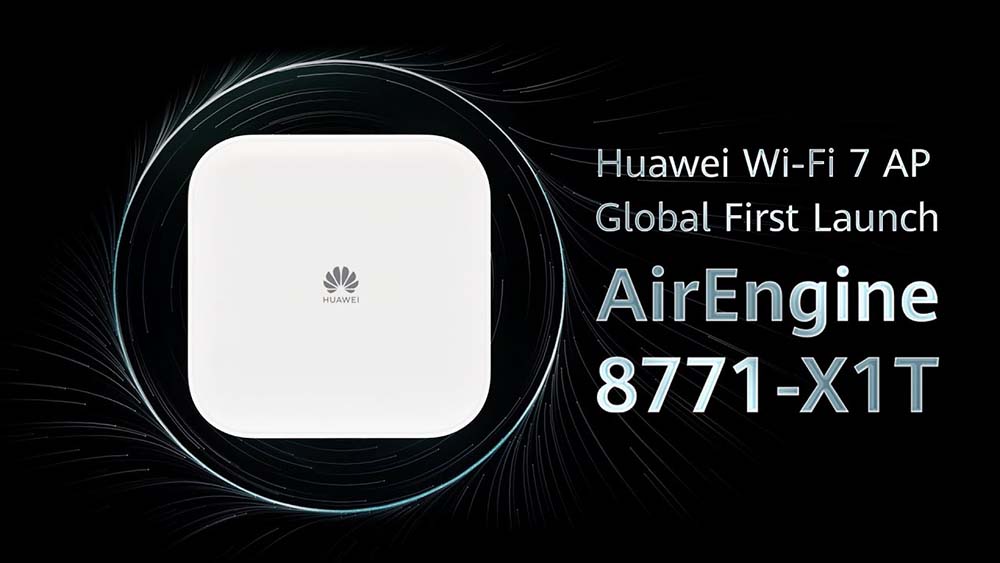Huawei’s recently launched, latest generation Wi-Fi 7 products, promise even faster and more reliable connectivity to users in South Africa. The launch, which took place at Huawei’s Woodmead Campus in Johannesburg, also acted as an innovation showcase for various Huawei products and solutions.
Since its creation in 1997, Wi-Fi has undergone seven generations of standard evolution, from the first generation 802.11 to the latest 802.11be, that is, Wi-Fi 7. Wi-Fi 7 inherits the 6 GHz spectrum of Wi-Fi 6E based on 2.4 GHz and 5 GHz. Enjoying innovative technologies such as multi-link operation, Wi-Fi 7 further improves space resource utilisation and increases the theoretical Wi-Fi rate to more than 20 Gbps, achieving an almost threefold increase as compared to Wi-Fi 6.

Dr Osama Aboul Magd, Chairman of the IEEE 802.11ax Task Group, Distinguished Engineer at Huawei
Wi-Fi 7 is able to achieve these improvements by bringing together multiple innovative technologies. Multilink operation, for instance, allows multiple links to be set up between an access point and a station, improving network efficiency. Wi-Fi 7 also introduces higher modulation, going from 1024-QAM to 4096 QAM, leading to a higher data rate and better overall network performance. The 320 MHz channel that Wi-Fi 7 supports is twice as big as that of Wi-Fi 5 or Wi-Fi 6, leading to a significant increase in throughput.
Speaking at the event, Dr Osama Aboul Magd, Chairman of the IEEE 802.11ax Task Group, Distinguished Engineer at Huawei, noted that Wi-Fi technology has played an increasingly important role in people’s lives, particularly during the pandemic. Wi-Fi has evolved to support various applications, including the metaverse, augmented reality, and industrial applications.
Over the years, Huawei has invested vast human capital and material resources in Wi-Fi standard formulation. According to a public report released in 2021, Huawei is on record for submitting the largest number of Wi-Fi 7 standard contributions. Beyond that, Huawei is also the leading contributor in terms of standard contributions for Wi-Fi 4, 5, 6, and 7.
Huawei team members have also played an active role in the development of Wi-Fi standards. As well as Dr Magd’s contributions as chairman of the IEEE 802.11ax Task Group, Dr Edward Au has served as technical editor of the 802.11be (Wi-Fi 7) Task Group.
Wi-Fi 7’s faster connectivity, wider bandwidth, lower latency, and improved network efficiency mean that it has the potential to be transformative for industries that require high-speed and reliable connectivity, such as healthcare, education, and transportation. With Wi-Fi 7, businesses operating in these industries can take advantage of the latest technology to enhance their operations and provide better services to their customers.

